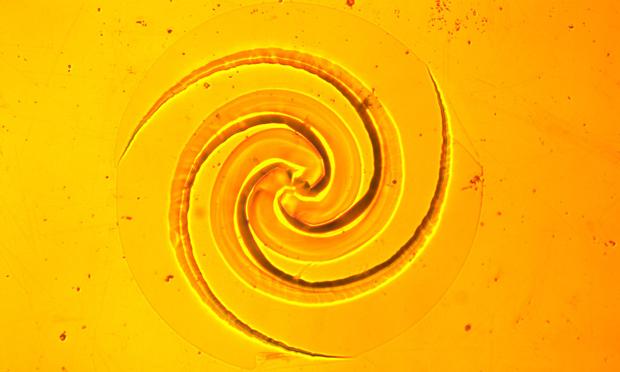According to the International Energy Agency, demand for  rare earth elements
rare earth elements  is expected to reach
is expected to reach  three to seven times current levels by 2040;
three to seven times current levels by 2040;
demand for other critical minerals such as  lithium
lithium  may
may  multiply 40-fold.
multiply 40-fold.
Delivering on the 2016 Paris Agreement, under which signatory nations are obligated to reduce emissions to cap the global temperature increase, would require the global mineral supply to quadruple within the same time frame. At the current rate, supply is on track to merely double.
Obtaining rare earth elements begins with obtaining source materials, which can happen, broadly, in three ways:
 primary extraction, or mining directly from the earth;
primary extraction, or mining directly from the earth;
 recovery from secondary sources, such as end-of-life electronics;
recovery from secondary sources, such as end-of-life electronics;
 and extraction from unconventional sources, including industrial wastes like coal ash and waste products from mines.
and extraction from unconventional sources, including industrial wastes like coal ash and waste products from mines.
But China so dominates the market—it controlled 60% of global production in 2021—that other countries are at a disadvantage.
After China announced export restrictions in 2023 on gallium, germanium, and graphite, nations scrambled to find alternative sources in anticipation of future restrictions.
Primary extraction in the US is limited;
only one active mine, the Mountain Pass Rare Earth Mine and Processing Facility in California, produces rare earth elements domestically.
Opening new mines can take decades.
As a result, scientists and companies alike are intent on increasing access and improving sustainability by exploring secondary or unconventional sources.
#china #rareearth #secondarysources #gallium, #germanium, #graphite, #lithium
https://www.technologyreview.com/2024/01/05/1084791/rare-earth-materials-clean-energy/


